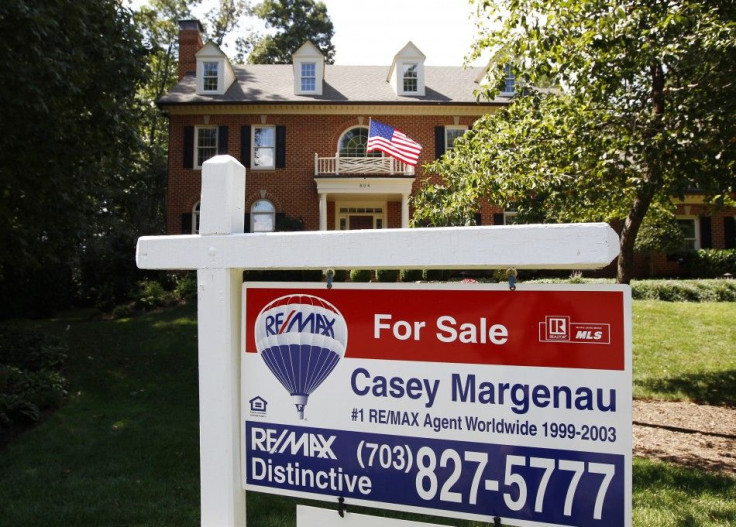Case-Shiller: Home Prices Rise for 4th Straight Month on Summer Buying

Just call it a ray of light in the U.S. housing sector, as home prices in 20 major cities rose 0.9 percent in July, on a non-seasonally-adjusted basis -- the fourth consecutive monthly increase, according to the S&P/Case-Shiller U.S. National Home Price survey.
Prices in the 10-city index also rose 0.9 percent in July from June. Home prices in the 20-city index rose 1.2 percent in June from May, on a non-seasonally adjusted basis.
What's more, although year-over-year home prices in those 20 major cities fell 4.1 percent -- or slightly less than the Bloomberg consensus estimate of 4.4 percent -- that's still an improvement from the 4.5 percent year-over-year decline recorded in June.
On a year-over-year basis, only Detroit, up 1.2 percent, and Washington, D.C., up 0.3 percent, registered price increases; 18 declined, on a year-over-year basis.
A Ray of Light for Housing?
David Blitzer, chairman of the Index Committee at S&P Indices, said the warmer months have provided a tailwind for the housing sector, and the four-month uptrend in home prices is encouraging, but no one should start singing Happy Days Are Here Again yet.
With July's data we are seeing not only anticipated monthly increases, but some fairly broad improvement in the annual rates of change in home prices, Blitzer said, in a statement.
While we have now seen four consecutive months of generally increasing prices, we do know that we are still far from a sustained recovery. Eighteen of the 20 cities and both Composites are showing that home prices are still below where they were a year ago. The 10-City Composite is down 3.7% and the 20-City is down 4.1% compared to July 2010, Blitzer added. Continued increases in home prices through the end of the year and better annual results must materialize before we can confirm a housing market recovery.
Among major cities, in July from June, Atlanta home prices rose 0.2 percent; Boston, rose 0.8 percent; Washington, D.C., up 2.4 percent; Chicago, up 1.9 percent; Dallas, up 0.9 percent; Los Angeles, up 0.2 percent; Miami, up 1.2 percent; Tampa, up 0.8 percent; New York, up 1.1 percent; Minneapolis, up 2.6 percent; San Francisco, up 0.3 percent; San Diego, up 0.1 percent; Portland, up 1.0 percent; and Seattle, up 0.1 percent.
Case-Shiller: Closely-Watched Index
Originally greeted by Wall Street with a shrug, the S&P/Case-Shiller home price index rose to market-mover status in 2008 as it became clear that the U.S. housing boom during the past decade was, in fact, a bubble fueled considerably by mortgage market excesses, from borrower to lender.
The bursting of that bubble triggered record home mortgage foreclosures and mortgage-backed securities defaults (toxic assets), which led to the financial crisis that the U.S. and world are still trying to resolve.
As a result, investors, economists, homebuilders, and homeowners alike now closely-monitor Case-Shiller home price data to discern clues as to when the housing slump may end -- a recovery that historically has contributed to U.S. GDP growth.
Housing Sector/Economic Analysis: Place July's home price report in the category of a qualified positive. Home prices have inched higher in the past four months, but investors should keep in mind that the summer months historically see strong home purchase activity, due to the fact that many families choose that period to move, as school is out for summer. That said, overall 20-city demand conditions remain soft, and most markets still haven't seen price stabilization: the sector still isn't generating enough organic demand to support both home sales and prices.
Hence, the operative phrase for prospective home buyers remains: Let the buyer beware. Home prices are attractive, but in many cities demand conditions aren't robust, and price retrenchments are possible.
© Copyright IBTimes 2025. All rights reserved.





















